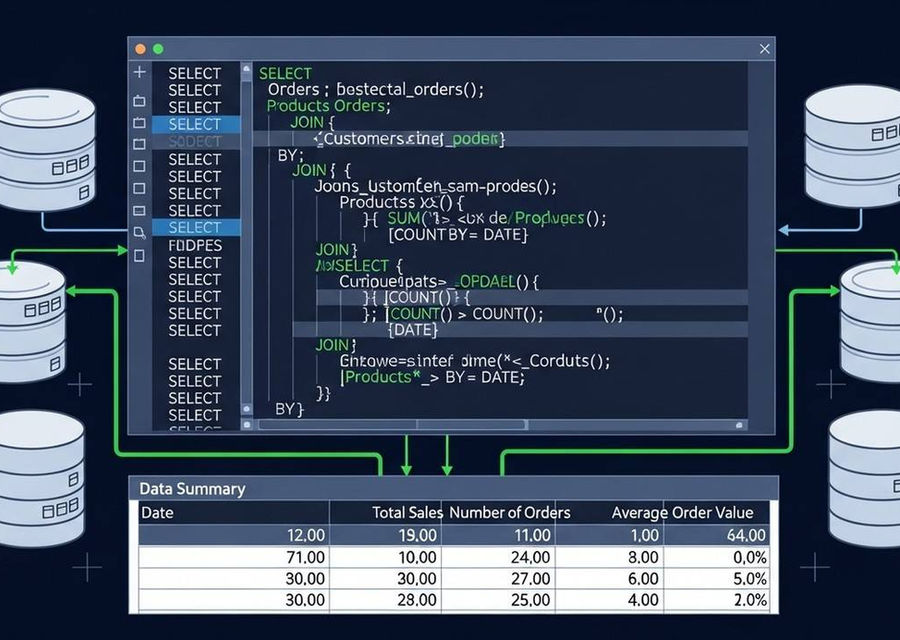How GPS Works: The Science Behind Navigation
- Rahul Anand
- Mar 26
- 5 min read
Updated: Mar 28
Global Positioning System, or GPS, has become an essential tool in our everyday lives, whether we are driving through a crowded city, hiking in remote areas, or locating a friend's address. With its ability to provide precise and real-time location information, understanding how GPS works is important for anyone curious about technology and its impact on daily activities.
What is GPS?
GPS is a satellite-based navigation system that helps users determine their exact location (latitude, longitude, and altitude) anywhere on Earth. Initially developed for military use in the 1970s, GPS has evolved into a tool widely used by civilians, with more than 4 billion GPS devices in use globally today.
At the heart of GPS is a network of 31 operational satellites orbiting the Earth. These satellites collaborate to provide users with accurate location data at any time and from any spot on the planet.

How GPS Determines Position
The fundamental principle behind GPS technology is a method called trilateration. This approach calculates distances between a GPS receiver and multiple satellites to accurately pinpoint the receiver's location.
Steps in Positioning
Distance Measurement: GPS satellites transmit signals that carry their location and the exact time of the transmission. A GPS receiver measures the time it takes for a signal to reach it, multiplies this time by the speed of light (approximately 299,792 kilometers per second), and determines its distance from the satellite.
Multiple Satellites: To accurately determine its position, the GPS receiver needs to connect with at least four satellites. Three satellites are sufficient for establishing latitude and longitude, while a fourth satellite adds altitude, resulting in a complete three-dimensional location.
Trilateration: By calculating the distances from each satellite, the GPS receiver can visualize imaginary spheres around these satellites, and where these spheres intersect reveals the precise location of the receiver.
The Role of Satellites
Satellites play a crucial role in the GPS system. Each one is equipped with high-precision atomic clocks, which keep accurate time essential for calculating distances. To ensure ongoing accuracy, ground control stations closely monitor and adjust these satellites.
Satellites orbit the Earth at an altitude of approximately 20,200 kilometers (12,550 miles) and are spaced about 60 degrees apart across six orbital planes. This setup allows a GPS receiver to connect with at least four satellites at any time, no matter where they are located.

How GPS Signals Works
GPS employs radio signals that travel at light speed. These signals are sent from the satellites to the receiver, allowing it to calculate distances based on signal travel time.
Components of a GPS Signal
A GPS signal contains three key components:
Ephemeris Data: This data tells the receiver each satellite's specific location and orbit, which is essential for accuracy.
Almanac Data: This component provides information about the entire constellation of satellites, allowing the receiver to quickly find and lock onto them.
Timing Information: Each signal includes the exact time it was transmitted, crucial for calculating distances using time delays.
The Importance of Ground Control Stations
Ground control stations are essential for monitoring the health and accuracy of GPS satellites. They track satellites and make adjustments to maintain positioning accuracy.
Functions of Ground Control Stations
Tracking: These stations continuously monitor satellite signals to ensure they operate within established parameters.
Correction: If there are any inaccuracies in satellite orbits or clocks, ground control stations send commands to correct them.
Data Collection: Ground stations gather data from satellites to help maintain the entire GPS system's health.
Applications of GPS
GPS technology has significantly impacted numerous industries and everyday activities. Some major areas include:
Navigation
GPS is primarily used for navigation. Whether in cars, boats, or planes, GPS devices efficiently guide users to their destinations. For instance, navigation apps like Google Maps rely on GPS to provide real-time traffic updates and optimal routes, enhancing travel efficiency.
Mapping and Surveying
Due to its precision, GPS is vital for mapping and land surveying. Professionals use GPS for creating accurate maps that aid urban planning, agriculture, and construction projects. Research shows that GPS accuracy can reach within a few centimeters for high-precision applications, such as agricultural land surveying.
Emergency Services
First responders heavily depend on GPS technology for effective planning and coordination during emergencies. For example, GPS allows emergency services to reach victims faster, with studies indicating that GPS-equipped vehicles arrive at scenes 20% more quickly than those without GPS.

Limitations of GPS
Despite its many advantages, GPS technology does come with certain limitations.
Signal Interference
GPS signals may be obstructed by tall buildings (commonly known as urban canyons), dense forests, or extreme weather conditions. Such interference can lead to positioning errors, sometimes by up to 30 meters under poor conditions.
Dependence on Satellites
A GPS receiver requires a clear line of sight to satellites to function correctly. In environments like caves or densely packed urban areas, GPS access may be limited or unreliable, leading to difficulties in navigation.
Accuracy Issues
While GPS provides generally accurate location data, various factors can affect precision. These include satellite geometry, atmospheric conditions, and the quality of the GPS receiver itself. On average, consumer-grade GPS devices can achieve an accuracy of within 5 to 10 meters under ideal conditions.
The Future of GPS Technology
GPS technology continues to evolve, marked by advancements in satellite design and signal processing.
Next Generation GPS
GPS III is the latest generation of GPS satellites, developed to enhance signal strength, accuracy, and resistance to jamming. This new generation is expected to significantly improve navigation capabilities and support emerging applications, with improvements in accuracy projected at around 30% compared to previous generations.
Integration with Other Technologies
Advancements may also see GPS combined with additional technologies like augmented reality (AR) and artificial intelligence (AI), providing users with increasingly sophisticated navigation experiences.
Understanding GPS: A Modern Necessity
Grasping how GPS works reveals the intricacies behind a technology that simplifies navigation for millions. Each component, from the satellites orbiting Earth to the complex algorithms calculating position, plays a vital role in delivering reliable location data.
As GPS technology evolves, its potential applications will expand even further. Understanding GPS allows users to leverage its capabilities for daily tasks and appreciate the interconnected systems that effortlessly guide them from one point to another. The future of navigation is bright, with endless possibilities on the horizon.
Some Useful External Resources
Satellite Navigation - GPS - How It Works | Federal Aviation ...
Global Positioning System > United States Space Force > Fact Sheets
How can 30-40 GPS satellites cover all of the world's GPS needs? : r ...
Positioning, Navigation & Timing – GPS III/IIIF | Lockheed Martin
GPS Modernization: Space Force Should Reassess Requirements ...



Comments